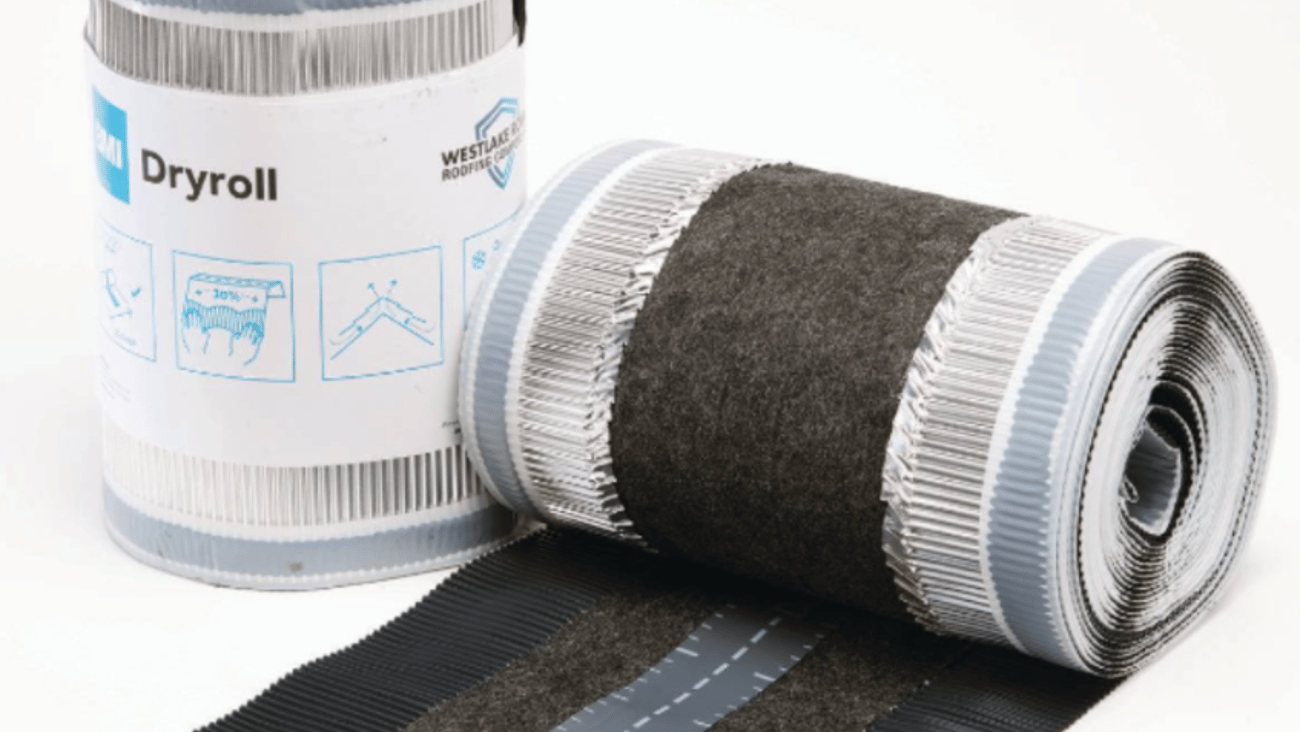LED’s time to shine?
Compact fluorescent lights have hit the market in a big way, in large part because they are an easy way for many homeowners to save money on their energy bills.
But another competitor of the energy-efficient lighting category, the LED, is looking to move into a starring role.
The benefits of LED lighting over compact fluorescents are numerous: They use less energy, they’re longer lasting, they’re dimmable, and they don’t contain mercury. But their biggest drawback is a big one: price.
A recent visit to a big-box home improvement retailer revealed an example of the price story and of the challenge for LEDs. Prices for recessed lighting housings ranged from $5 to $8, depending on the make and type. Conversely, LED luminaires (the common term for the LED bulb type technology) started at around $90.
“An unbiased reading is that fluorescents should have the lion’s share of the market in energy-saving lighting,” said Greg Thorson, president of environmentallights.com, a Web-based retailer of LED lighting. “That said, I don’t spend any of my time on developing fluorescent products or finding new fluorescent products.”
Thorson said that CFL bulbs have reached their max capacity, and even lighting giants like Philips have changed focus away from CFL bulbs. “Phillips being the largest lighting company in the world, I took that as an important sign, and I think it’s reflective on what’s happening in LEDs,” he said.
An April 2008 speech by Rudy Provoost, executive VP and CEO of Phillips Lighting, indicated the company’s desire to move more firmly toward luminaires. “While Philips Lighting might in the past have concentrated on lamps and tubes, we’re now moving strongly into the high-growth field of (LED) luminaires, integrated systems and lighting solutions,” he said.
And while Thorson agrees that LED technology is expensive, especially for new construction and new housing, he sees a growing foothold in the retrofit side of the market.
“There are many tens of billions of sockets in America that currently hold older-technology bulbs,” he said. “And it’s kind of nice to think that you can stand on a chair and change a light bulb without pulling a building permit or calling an electrician, and a lot of people want to do that.”
Thorson’s Web site features a large array of screw-in type retrofit LED bulbs, designed to fit existing housings.
“I think most of us in the industry are kind of betting on the retrofit market, just because of the state of the economy,” he said. “There’s not a lot of new construction going on. People still want to save money on energy and put in longer-life bulbs. That’s a very accessible market for all of us,” he said.
Another issue that had plagued the LED market was initially shared by CFLs: color quality. Again, Thorson, who holds a degree in electrical engineering, said the technology is much improved.
“The phosphor chemistry that is used to create the color has improved dramatically in the past 10 years for the compact fluorescent. And we borrowed that for LEDs,” he said.
“I would say in general that the color quality that can be achieved with LEDs now versus two years ago is dramatically better,” he said.
LEDs have already gained strong market share in holiday and decorative lighting.
According to the Environmental Protection Agency, sales of Energy Star-rated holiday lights doubled from 2008 to 2009.
Thorson said that when he first put LED Christmas lights on his Web site, he never expected them to sell.
“LED Christmas lights cost $10 or $20 per string and incandescents cost a lot less. It never pays it off on energy savings. There’s no sense or assumptions that you can put in there that LEDs are saving you money,” he said. But whether or not they made fiscal sense, Thorson’s customers proved him wrong.
“People bought them, people bought a lot of them, and I learned an important lesson from that. People bought them because they were more rugged, because they liked the way they look, because they last longer, and you don’t have to fiddle with the bulbs every year, among a host of other reasons,” he said.
And while he sees holiday lights as an important category, he’s convinced they’ve already reached their maturity, and doesn’t see much room for improvement or development in the category.
“They’re already bright enough. People don’t want their Christmas lights shockingly bright,” he said.
He said he’s also seeing a lot of movement in decorative and accent lighting, flexible lighting strips and under-cabinet lighting.
“That’s turning into a juggernaut for us,” he said.
As the technology for LEDs becomes more readily available, Thorson ultimately sees the market share for general lighting growing.
“As the prices of LEDs come down, which they are doing, they’re going to look more compelling. I’m a patient man,” he said.




